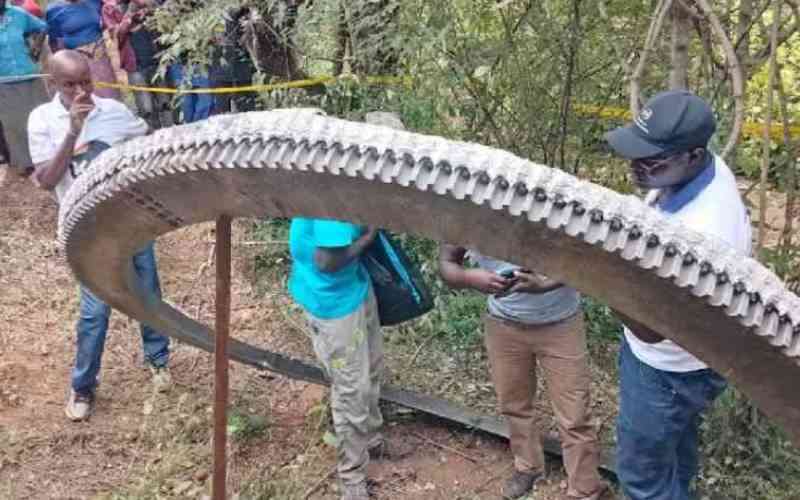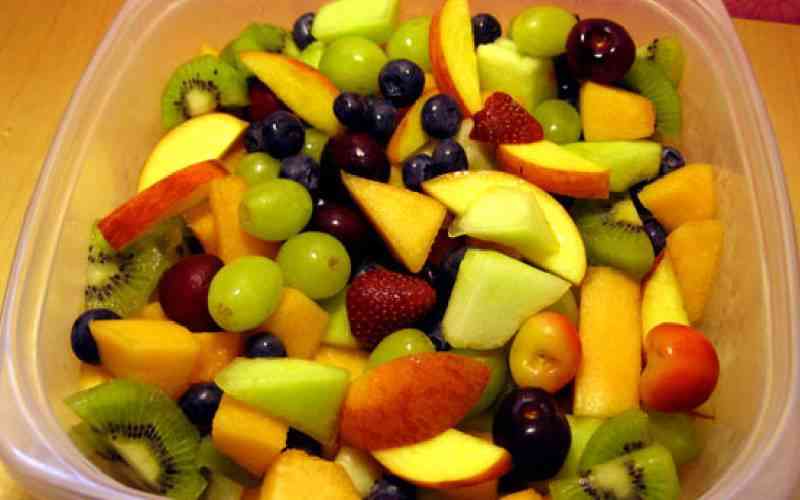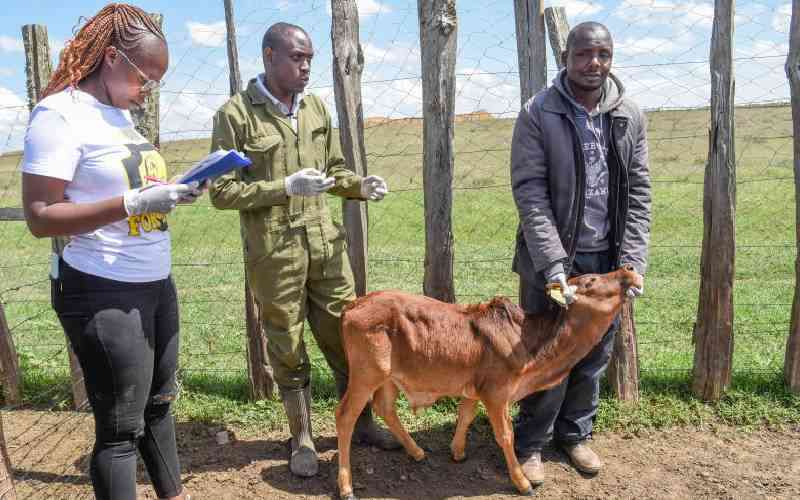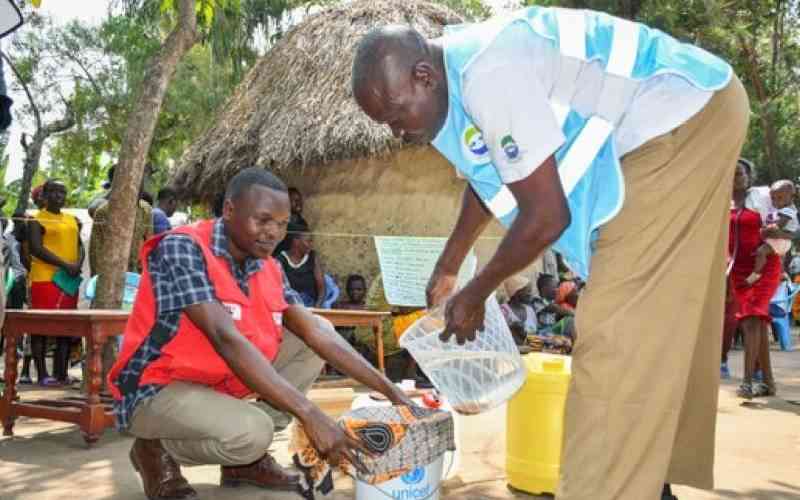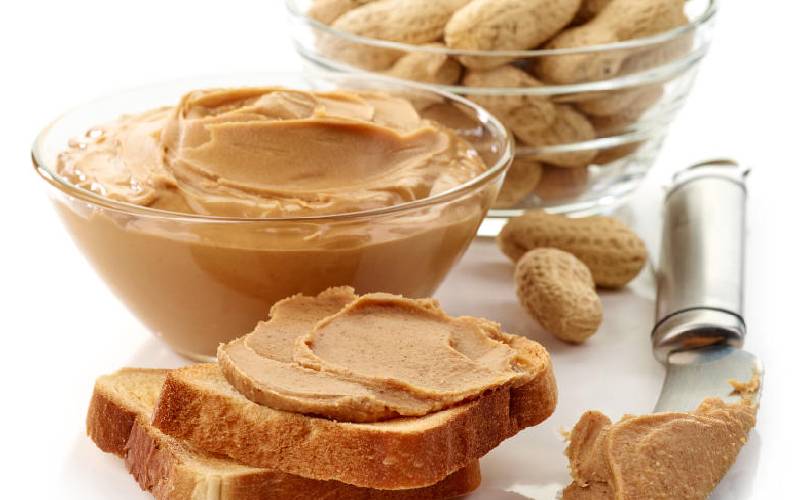
News that aflatoxin is present in a popular peanut butter is worrying. This comes as the world celebrates World Cancer Day and the statistics are equally alarming. In the wake of this, farmers need to adopt responsible crop management practices that reduces aflatoxin contamination in peanuts. These steps can be done at three levels — pre-harvest, harvest and post-harvest.
Pre-harvest contamination
Pre-harvest contamination occurs in the field during crop growth. Pre-harvest infection is influenced by farming practices that make crops susceptible to infection. Early planting helps plants to escape end of season drought that in general predisposes pods to cracking and entry by A. flavus. Under drought stress the groundnut pods crack and facilitate entry and growth of Aspergillus. Farmers should ensure that they retain moisture in their fields. The use of tied ridges (box ridges) can improve water penetration into the soils, thereby reducing exposure of the developing crop to A. flavus infestation. Box ridges should be put in place early in the cropping season to capture enough rainwater and reduce effects of end-of-season drought. Mulching also helps to retain water in the field.
Timely weeding
Timely weeding helps retain soil moisture needed for proper plant growth and avoidance of dry conditions that predisposes developing pods to cracking. Termite control is also important to prevent damage to developing pods, especially as the crop matures. Using fields with a history of termite infestation provides an environment that supports pod damage by termites and easy entry by the fungus. Application of lime to the crop supports development of strong shells (pod resistance). Strong shells provide the first line of defense against pest and fungal attack. Low plant population and limited ground cover leads to soil erosion, loss of soil moisture and destruction of soil structure that could aggravate the effects of droughts. These conditions predispose the land to increase in A. flavus buildup. The manner in which a crop is handled during harvesting will determine the extent to which it is predisposed to infection.
Harvest at the right stage:
Premature kernels have high moisture content and support fungal infection and growth, and aflatoxin contamination. Therefore, harvesting at the right time when the crop is mature will minimise the exposure of the crop to extreme heat, sudden rain or drought, which also influence infection. Immature crops have high moisture content, a condition that favours fungal growth.
Poor harvesting techniques:
Care should be taken when using hand hoes to avoid injury to the pods. Proper harvesting of groundnuts ensures the hoe is focused at the plant’s rooting zone to avoid damaging pods or kernels. Groundnuts and bambara nuts can get infected with Aspergillus from the soil if they are harvested with soil adhering to the pods.
Removal of soil: It is important to remove all the soil attached to the pods during harvesting to avoid carrying the fungus into stores.
Postharvest handling of crops is another major point of contamination. The predisposing factors to infection after harvesting the crop include: Improper drying. Drying on roofs or on the floor exposes the grains to moisture that leads to growth of fungus. Improper shelling: Practices like sprinkling water on pods to soften the shells to make shelling easy and also to improve the weight of the nuts to get more market value lead to aflatoxin contamination. Another bad practice is threshing of groundnuts in a sack.
 The Standard Group Plc is a multi-media organization with investments in media platforms spanning newspaper print
operations, television, radio broadcasting, digital and online services. The Standard Group is recognized as a
leading multi-media house in Kenya with a key influence in matters of national and international interest.
The Standard Group Plc is a multi-media organization with investments in media platforms spanning newspaper print
operations, television, radio broadcasting, digital and online services. The Standard Group is recognized as a
leading multi-media house in Kenya with a key influence in matters of national and international interest.

